Flexible Visual Quality Inspection in Discrete Manufacturing
Abstract
Most visual quality inspections in discrete manufacturing are composed of length, surface, angle or intensity measurements. Those are implemented as end-user configurable inspection tools that should not require an image processing expert to set up. Currently available software solutions providing such capability use a flowchart based programming environment, but do not fully address an inspection flowchart robustness and can require a redefinition of the flowchart if a small variation is introduced.
In this paper we propose an acquire-register-analyze image processing pattern designed for discrete manufacturing that aims to increase the robustness of the inspection flowchart by consistently addressing variations in product position, orientation and size. A proposed pattern is transparent to the end-user and simplifies the flowchart. We describe a developed software solution that is a practical implementation of the proposed pattern. We give an example of its real-life use in industrial production of electric components.
Files
DOI
10.20532/ccvw.2013.0019
https://doi.org/10.20532/ccvw.2013.0019
BibTeX
@InProceedings{10.20532/ccvw.2013.0019,
author = {Tomislav Petkovi{\' c} and Darko Juri{\' c} and Sven
Lon{\v c}ari{\' c}},
title = {Flexible Visual Quality Inspection in Discrete
Manufacturing},
booktitle = {Proceedings of the Croatian Compter Vision Workshop,
Year 1},
pages = {58-62},
year = 2013,
editor = {Lon{\v c}ari{\' c}, Sven and {\v S}egvi{\' c},
Sini{\v s}a},
address = {Zagreb},
month = {September},
organization = {Center of Excellence for Computer Vision},
publisher = {University of Zagreb},
abstract = {Most visual quality inspections are composed of a
few simple elements such as length, surface, angle
or intensity measurements. Those are implemented as
end-user configurable inspection tools that do not
require an image processing expert to set
up. Currently available software solutions providing
such capability use a flowchart based programming
environment, but do not fully address inspection
program robustness and require a redefinition of a
processing flowchart if small variation in
production is introduced.\\ In this paper we propose
an acquire-register-analyze image processing pattern
that aims to increase the robustness of an image
processing flowchart by consistently addressing
variations in product position, orientation and
size. Proposed pattern is transparent to the
end-user and simplifies the flowchart program. We
describe a developed software that is a practical
implementation of the proposed pattern and give an
example of its real-life use in industrial
production of electric components.},
doi = {10.20532/ccvw.2013.0019},
url = {https://doi.org/10.20532/ccvw.2013.0019}
}




 Pristupačnost
Pristupačnost